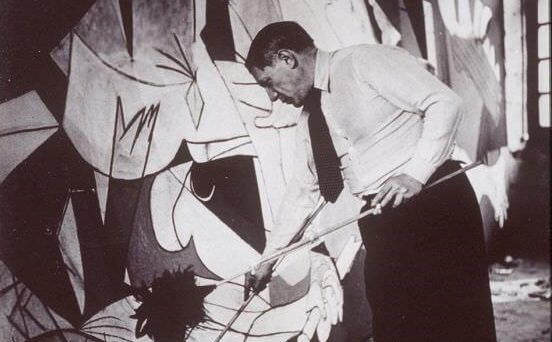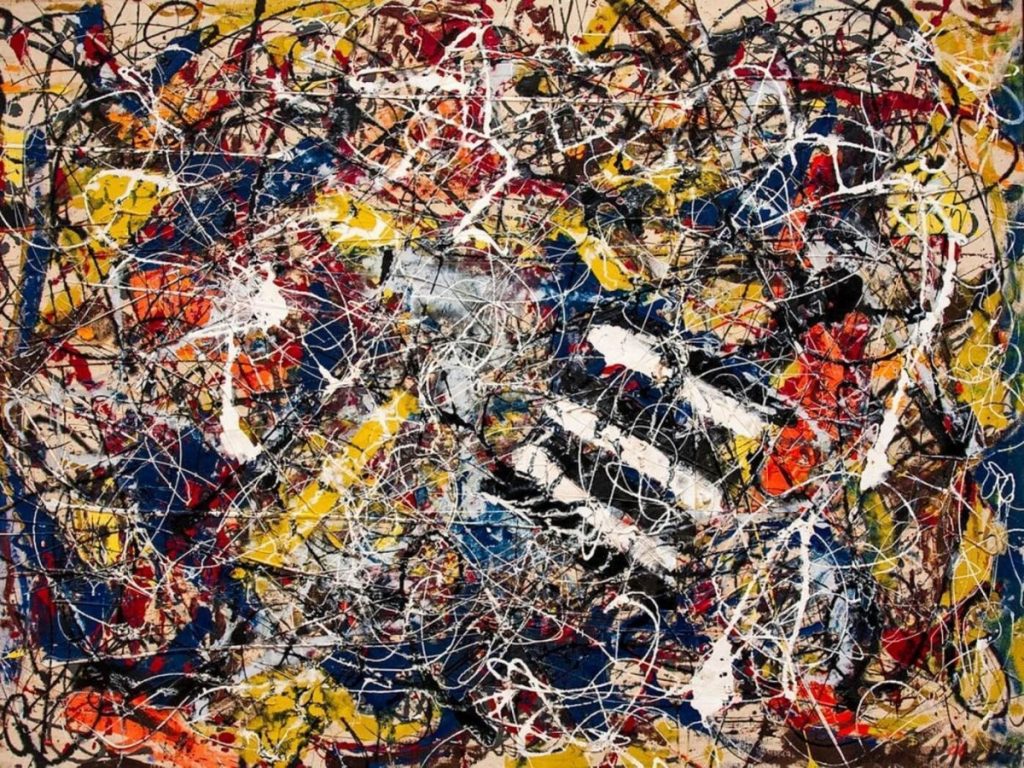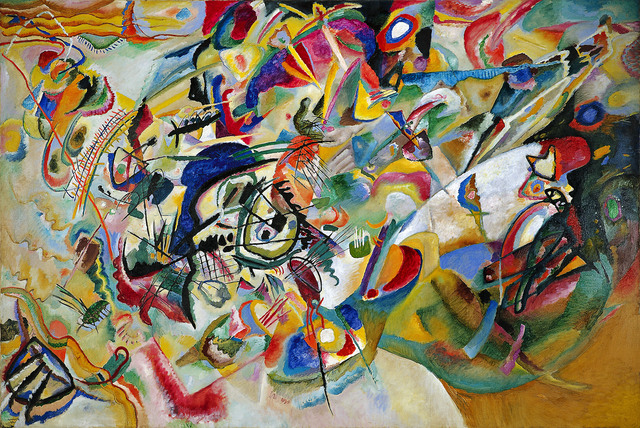A seismic change shook the art world throughout the late 19th and early 20th centuries. The old certainties of tradition and formality gave way to a sincere yearning for experimentation and invention during this time of significant change. A radical reinvention of artistic expression, known as Modernism, was introduced during this period, and it is still felt as it moves through the halls of cultural history.
As we examine the numerous movements, aesthetics, and philosophies that shaped this revolutionary era, we can see how artistic thought developed from the ashes of convention to the heights of rebellion and inventiveness.
Modernism signified a daring break from the conventional guidelines for creative endeavours; artists from all fields aimed to question the current quo by tearing down established barriers and embracing a newly discovered freedom of speech. Modernism covered a wide range of artistic movements that represented the complexity of the contemporary world, from the broken perspectives of Cubism to the frantic energy of Futurism, from the dreamlike landscapes of Surrealism to the raw emotional intensity of Expressionism.

Courtesy – Pablo Picasso
Modernism reflected the turbulent times and was more than merely a revolution in style. Artists responded to the aftermath of industrialization, urbanization, and international conflict by creating pieces that encapsulated the spirit of a changing time. Their works became canvases for political criticism, social commentary, and reflection, providing windows into the minds of people in a world that was changing quickly.
Modernism Art
Modernist artists welcomed experimentation with form, colour, composition, and materials. They frequently went beyond what was considered normal or appropriate in their fields. Many modernist painters shifted toward abstraction, stressing the expressive possibilities of non-representational shapes and forms. This break from realism allows Artists to explore subjective perceptions and emotions more freely.
Modernism honours the unique perspective and vision of each artist. Artists did not follow conventional standards or techniques but tried to express their perspectives. The authority of traditional artistic institutions and practises was frequently disregarded by modernist artists. They aimed to produce work that reflected the quickly evolving environment while challenging accepted norms.
Contemporary social, political, and cultural themes were regularly addressed in modernist art; artists used their work to critique, examine, or reflect upon world conflicts, urbanization, industrialization, and changing societal standards. A variety of sources, including psychology, philosophy, physics, and other artistic fields, served as inspiration for modernist artists. Modernist art benefited from this multidisciplinary approach in terms of diversity and inventiveness.
Art in Modernism
Modern art painting has spanned a wide range of styles, movements, and ideologies, from the fractured viewpoints of cubism to the vivid abstractions of abstract expressionism, leaving a lasting impression on the annals of art history. The field of modern art painting is a monument to the human spirit’s unending inventiveness and inventiveness.
Impressionists’ groundbreaking brushstrokes and Surrealists’ mysterious forms are only two examples of how modern art painting has continuously pushed the envelope, asking spectators to perceive the world with new eyes and uncensored viewpoints. However, there is a kaleidoscope of styles inside this enormous creative terrain, each with its distinct voice and vision. Whether it’s the dreamy landscapes of Monet’s “Water Lilies” or the shattered geometries of Picasso‘s “Les Demoiselles d’Avignon,” modern art painting offers a rich tapestry of aesthetic experiences that defy simple classification.
A voyage of discovery honours the variety, intricacy, and outright daring of contemporary art painting; every brushstroke conveys a tale of passion, revolt, and the unwavering search for beauty in a world that is constantly changing and immensely complex, from the audacious assertions of the avant-garde to the subdued confessions of the contemplative. In this realm, the canvas turns into a mirror that reflects the infinite possibilities of the human mind.
Abstract art, which first appeared in the early 20th century amid the turbulent currents of modernity, upended the rules of representation and drew spectators into a realm of pure form, colour, and emotion. The canvas serves as a playground for investigating the subconscious, pushing boundaries, and celebrating the indescribable.
Abstract art of today resists simple classification or interpretation. It is a language in a global tongue’s shape, line, and colour. Abstract painters, from Wassily Kandinsky’s colourful compositions to Jackson Pollock’s energetic gestures, have attempted to express the indescribable essence of life by condensing complicated feelings and concepts into their most basic visual forms. However, this seemingly chaotic world has a rich tapestry of styles, techniques, and ideologies. From Joan Miró’s organic fluidity to Piet Mondrian’s geometric perfection, modern abstract art comprises various voices, each presenting its distinct take on the human condition.

Abstract painters aim to inspire surprise, astonishment, and reflection in their audience by transcending the confines of the visible world. Abstract art challenges us to see past the obvious, explore the depths of our awareness, and uncover new realms of meaning and possibilities, whether via the striking interaction of colour and shape or the nuanced balancing act between chaos and order.
Mandalas have long been used as symbols of harmony, oneness, and cosmic order in ancient societies’ sacred geometry. These elaborate patterns, rooted in Native American mysticism, Buddhism, and Hinduism, have long captivated the attention of artists and seekers alike. In today’s dynamic modern art world, mandalas take on new forms and become colourful representations of creativity, spirituality, and self-discovery.
The power of symmetry, balance, and repetition to generate a sense of transcendence and tranquillity is celebrated in modern mandala art. Artists reinterpret the classic mandala form, giving it fresh vitality, colour, and significance by drawing inspiration from various sources, including mathematics, sacred geometry, and nature.
We have seen the emergence of fresh movements, the ascent of visionary artists, and the development of radical concepts that continue to influence how we perceive art and society through the prism of modernism. We have witnessed how artists from various disciplines attempted to distil the vitality, fragmentation, and discord characterising the modern world into pieces of tremendous intricacy and beauty.
11 Foster Gwin Gallery Artworks Which Define Abstract Expressionism





